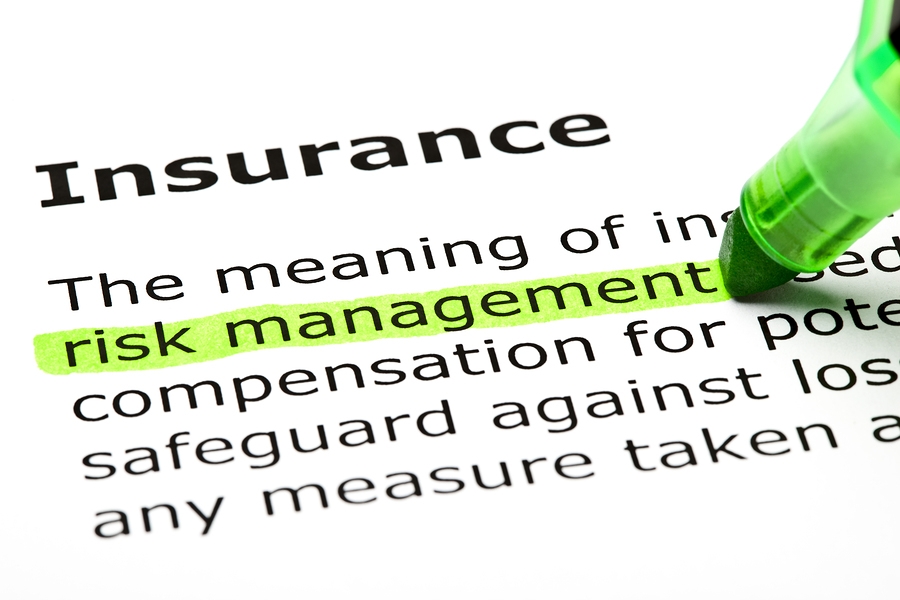Without realising it, many businesses are risking their survival and making it very difficult to bounce back successfully from a major loss.
The problem is under insurance.
Zurich have recently written about the problem and we have reproduced their article below. This issue is one we raise frequently and we hope that by highlighting the potential dangers it can create that our clients will be alerted to review their cover levels again to ensure that their sums insured are adequate.
In today’s tough economic climate, many businesses are not prioritising the valuation and risk assessment aspect of their insurance programme, fearful that it may lead to higher premiums.
Across many different market sectors and varying lines of business, under insurance is rife and when a claim arises the impact can be disastrous.
Indeed, the issue has become such a concern for the British Insurance Brokers’ Association (BIBA) that it is publishing a booklet focusing solely on under insurance later this year.
“We are in the process of writing an under insurance guide and one version will be industry facing and the other will be for the SME market,”
explained Graeme Trudgill, Head of Corporate Affairs at BIBA.
He added:
“I think it is difficult during hard economic times to get the client to buy the fullest and widest insurance portfolio. If people have not had a claim before then it can be difficult for them to see just how much of an impact under insurance can have on their business. There is always a big push to go on price, but it is a false economy.”
The widespread nature of under insurance in the property market was underlined by research carried out recently by the Building Cost Information Service, which is part of the Royal Institution of Chartered Surveyors. It found that 80% of commercial properties are under insured.
In similar work, the Chartered Institute of Loss Adjusters found that 40% of business interruption policies are under insured with the average shortfall being 45%.
Changing Values
The problem for many businesses is that getting the right sums insured is often complex and the values in question can change quickly.
When it comes to business interruption, for example, the definition of gross profit is not consistent between insurers and accountants and this can immediately lead to problems. Accountants will generally strip out things like staff and utility costs whereas insurers will not. Businesses also tend to underestimate how long it will take to get back on their feet and the standard business interruption indemnity period of 12 months is simply not enough.
In the property market, there is often confusion between the market value of a property and its rebuild cost. Charges for building materials and labour also change regularly and many businesses forget to include the fees for removing debris and clearing the site before a rebuild even starts. Where a business does not get on top of these issues, then its sums insured are unlikely to be accurate.
Under insurance is also prevalent in the plant and machinery market. The lead times for bespoke machinery are often longer than expected and when plant is coming from overseas, the impact of currency fluctuation also has to be factored into the equation.
There are then the logistics around transportation and installation to manage and the cost and timescales for both can be highly variable, often rendering sums insured and indemnity periods inappropriate.
Understanding the insurance in place is also essential and reinstatement cover will replace old for new while indemnity cover will pay out the market value of the plant and machinery at the time of the loss. As such, the difference between what a business thinks it is covered for and what it is actually covered for, can be significant.
Assessing Risks
It is important to makes sure that property and equipment is properly valued on a regular basis. We can direct clients to suitable surveying firms for building valuations should this be required. Specialist machinery valuers are available to correctly value equipment and plant.
As always, please let us know if you have any queries regarding the contents of this article.
